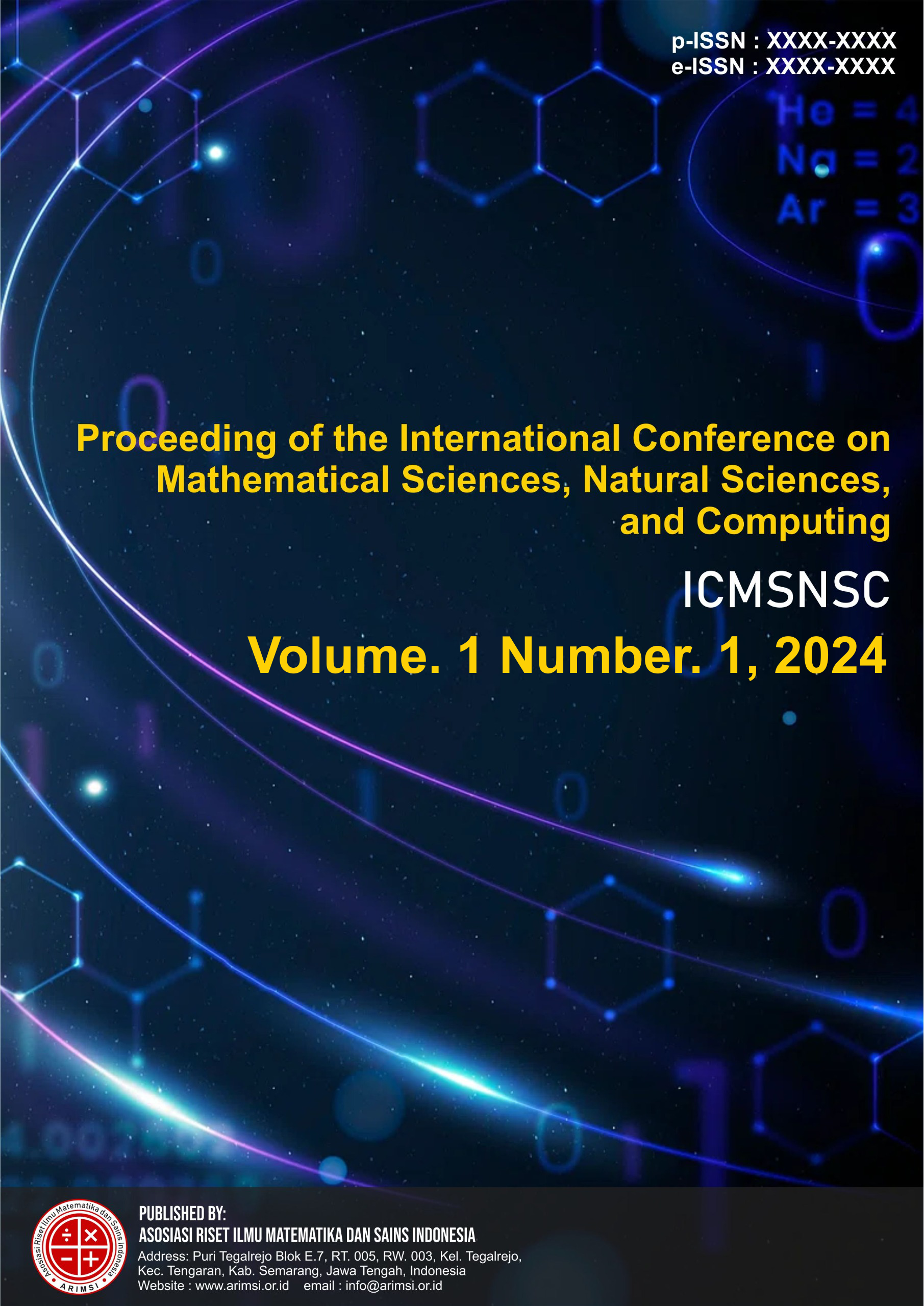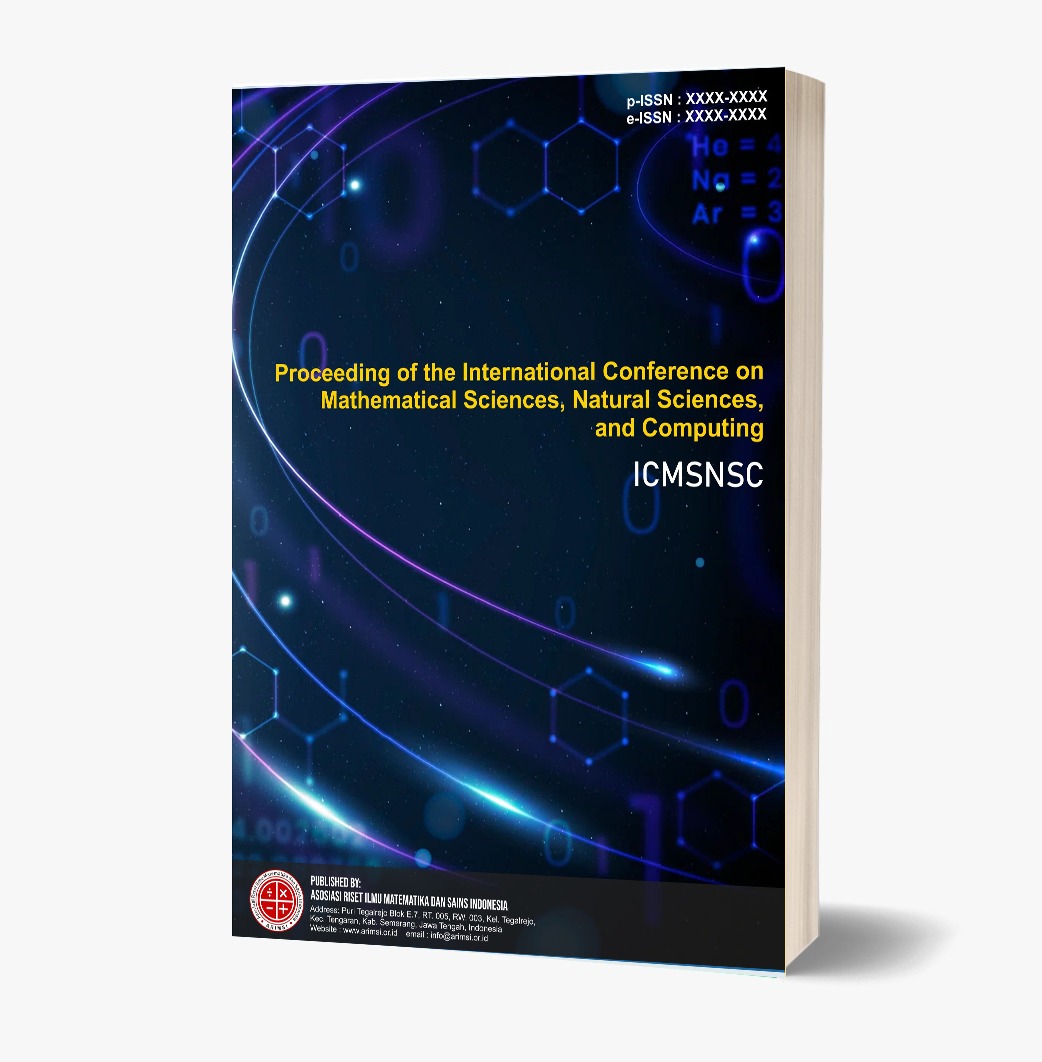Optimizing Machine Learning Algorithms in Big Data Analysis for Natural Sciences Applications
Keywords:
Big data, Machine learning, Natural sciences, Optimization techniques, Predictive analysisAbstract
Big data has revolutionized the landscape of natural sciences by providing extensive datasets that enable deeper insights and more accurate predictions. However, effectively analyzing such vast and complex data requires optimized machine learning algorithms tailored to specific applications. This study focuses on enhancing the performance of machine learning models in big data analysis for applications in natural sciences. The research aims to identify key optimization techniques, including feature selection, hyperparameter tuning, and algorithm customization, to improve model accuracy and computational efficiency. A combination of supervised and unsupervised learning approaches was applied to real-world datasets in fields such as climate science, genomics, and ecology. The findings demonstrate significant improvements in predictive accuracy and processing speed, highlighting the potential of optimized machine learning techniques in solving complex problems in natural sciences. The implications of this research extend to more efficient resource utilization and improved decision-making in scientific exploration and environmental management.References
Angermueller, C., Pärnamaa, T., Parts, L., & Stegle, O. (2016). Deep learning for computational biology. Molecular Systems Biology, 12(7), 878.
Bergstra, J., Bardenet, R., Bengio, Y., & Kégl, B. (2011). Algorithms for hyper-parameter optimization. Advances in Neural Information Processing Systems, 24.
Chen, M., Mao, S., & Liu, Y. (2014). Big data: A survey. Mobile Networks and Applications, 19(2), 171–209.
Cutler, D. R., Edwards, T. C., Beard, K. H., Cutler, A., Hess, K. T., Gibson, J., & Lawler, J. J. (2007). Random forests for classification in ecology. Ecology, 88(11), 2783–2792.
Gandomi, A., & Haider, M. (2015). Beyond the hype: Big data concepts, methods, and analytics. International Journal of Information Management, 35(2), 137–144.
Global Biodiversity Information Facility (GBIF). (n.d.). Biodiversity data. Retrieved from https://www.gbif.org/
Guyon, I., & Elisseeff, A. (2003). An introduction to variable and feature selection. Journal of Machine Learning Research, 3, 1157–1182.
Huang, Z., Xu, H., & Liu, W. (2020). Machine learning in genomics: A systematic review. Nature Computational Science, 1(4), 214–227.
Jain, A. K. (2010). Data clustering: 50 years beyond K-Means. Pattern Recognition Letters, 31(8), 651–666.
Kohavi, R. (1995). A study of cross-validation and bootstrap for accuracy estimation and model selection. Proceedings of the 14th International Joint Conference on Artificial Intelligence, 2(12), 1137–1143.
LeCun, Y., Bengio, Y., & Hinton, G. (2015). Deep learning. Nature, 521(7553), 436–444.
National Oceanic and Atmospheric Administration (NOAA). (n.d.). Climate data. Retrieved from https://www.noaa.gov/
NCBI GenBank. (n.d.). Genomic data repository. Retrieved from https://www.ncbi.nlm.nih.gov/genbank/
Zhang, X., Indu, S., & Yin, H. (2021). Optimization of machine learning algorithms for big data analytics: A review. Journal of Big Data, 8(1), 1–27.






